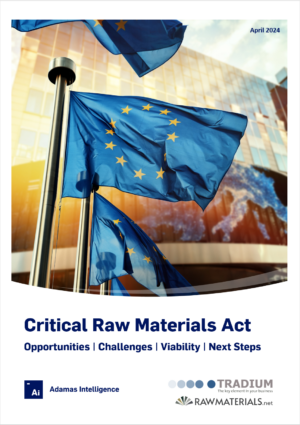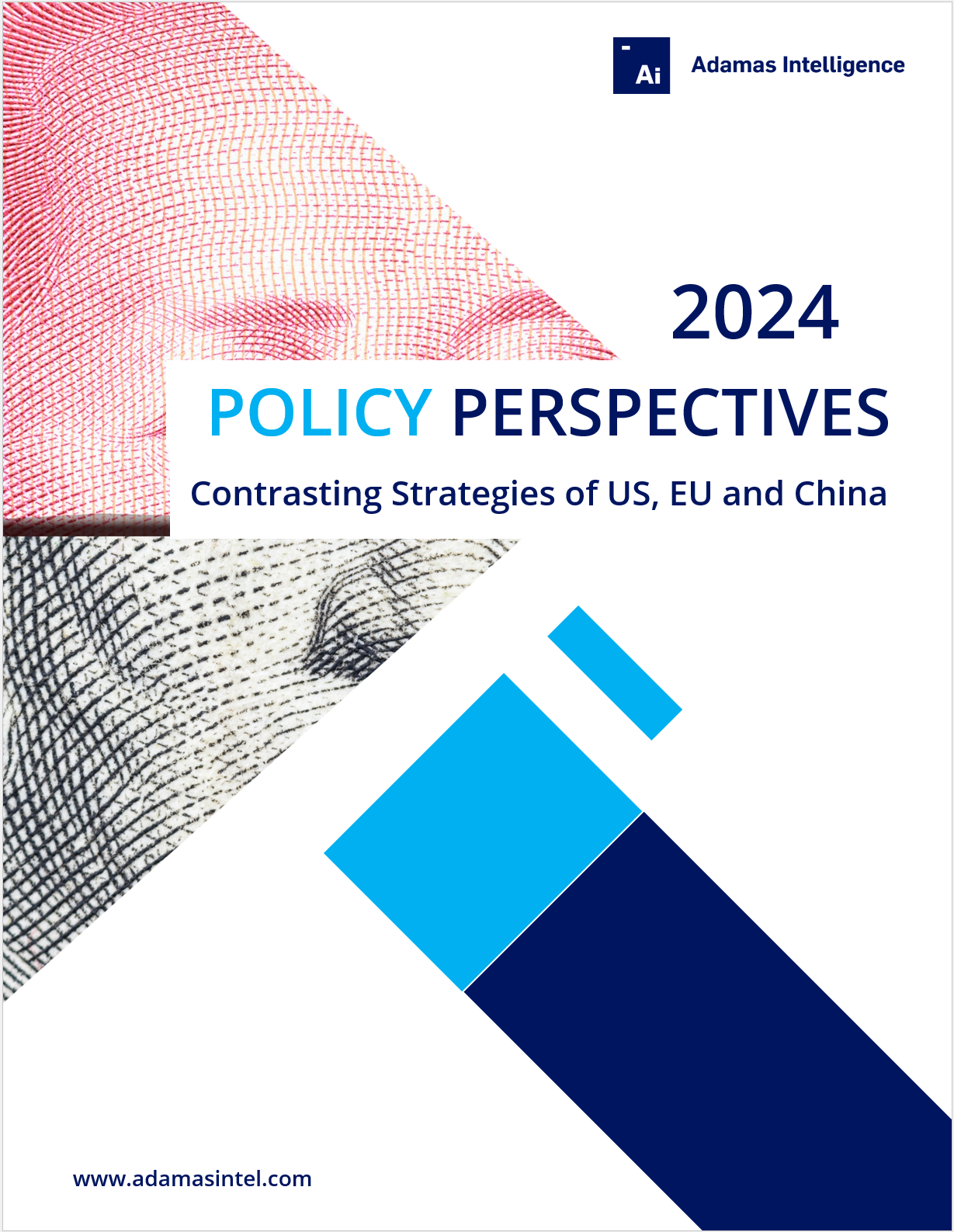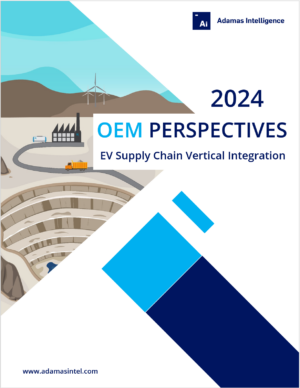Did the US just nationalize the rare earth industry?

A bold, market-oriented step toward supply chain independence
In a landmark move that sent shockwaves through the global rare earth market, MP Materials announced last week a transformative public-private partnership with the US Department of Defense (DoD) aimed at accelerating the development of a robust, end-to-end US rare earth magnet supply chain.
This multibillion-dollar agreement, encompassing a $400 million DoD investment in convertible preferred stock, a 10-year neodymium-praseodymium (NdPr) price floor, a 10-year offtake agreement for 100% of the magnets produced at MP’s new “10X Facility,” and a $150 million loan to expand heavy rare earth separation at Mountain Pass, is unprecedented in modern times.
It signals the US government’s resolute commitment to securing a domestic supply chain for neodymium-iron-boron (NdFeB) magnets – critical for electric vehicles (EVs), robotics, air mobility and defense systems.
Despite its scale and strategic intent, this deal is not a nationalization of the rare earth industry. Rather, it represents a bold, market-oriented step toward supply chain independence, designed to bolster US industrial resilience and counter China’s dominance in the global rare earth market.
[Adamas Intelligence managing director Ryan Castilloux joined CNN’s The Brief with Jim Sciutto last Thursday to discuss the significance and implications of the partnership]
.
What is nationalization?
Nationalization is the process by which a government takes ownership or control of a privately owned company, industry or assets, typically without the consent of the private owners.
It often involves transferring private property to public ownership, placing it under state management to serve national interests, such as economic stability, resource security or public welfare.
Nationalization can occur through direct seizure, forced purchase, or legislation, and it may or may not involve compensation to former owners.
In the context of the MP Materials-DoD partnership, nationalization would imply the US government seizing control of MP’s operations or assets, which is not the case.
Instead, the DoD’s $400 million investment, price floor, offtake agreement, and loan support a private company’s growth while aligning with national security goals, preserving MP’s market-driven structure.
This distinguishes the deal from nationalization, as MP remains a publicly traded company with shareholder-driven decision-making.
The deal: A strategic framework for supply chain security
The agreement positions the DoD as MP Materials’ largest shareholder, potentially holding 15% of the company upon conversion of its $400 million preferred stock investment, with a warrant to acquire additional shares at $30.03 a piece.
This equity stake, paired with a $1 billion loan from JPMorgan Chase and Goldman Sachs, will fund the 10X Facility, expected to commission in 2028 and produce 7,000 tonnes of NdFeB magnets at full capacity – approximately 34% of projected US demand by that year.
The 10-year offtake agreement ensures demand for the facility’s entire output, de-risking the project’s economics.
The $150 million DoD loan will enhance heavy rare earth separation at Mountain Pass, addressing a critical gap in domestic processing capabilities.
The cornerstone of the deal is the $110 per kilogram NdPr price floor, a mechanism to shield MP Materials from the volatility that has long plagued the rare earth market.
With China controlling around 70% of upstream production, 90% of oxide processing and over 90% of NdFeB magnet production, global NdPr prices have been suppressed by Chinese market dominance, deterring investment outside China.
The $110 per kilogram floor, a substantial premium over current prices, guarantees stable revenue for MP Materials, ensuring economic viability for its expanded operations.

A financial and strategic triumph
Mark-to-market, the DoD’s $400 million investment has already yielded a ~50% return, with MP Materials’ stock surging following the announcement, boosting its market capitalization by $2.5 billion.
This financial success underscores the deal’s dual role as a strategic and economic win, aligning national security with shareholder (i.e., taxpayer) value.
The price floor and offtake agreement provide MP Materials with a utility-like cash flow, positioning it as a linchpin in the US quest for supply chain independence.
The partnership includes a mechanism for shared upside if MP Materials’ earnings (i.e., EBITDA) exceeds $140 million annually, likely tied to the operations of the 10X Facility. This provision aligns incentives and rewards outperformance while protecting taxpayer interests.
Additionally, the agreement also includes provisions for upside if NdPr prices exceed $110 per kilogram, benefiting both MP and the DoD.
This deal, far from nationalization, showcases the DoD’s strategic acumen, leveraging public-private partnership to achieve exceptional financial and security outcomes.
However, sustaining this performance will require robust trade policies to counter potential Chinese dumping and allied competition.
Five more 10X Facilities needed
Looking ahead, Adamas forecasts that US demand for NdFeB magnets will increase at a CAGR of 17% over the next decade, driven by electric vehicles, robotics, advanced air mobility, defense and other growing sectors.
This growth will necessitate the development of five additional facilities like MP Materials’ 10X Facility, alongside the ramp up of other plants owned by Noveon Magnetics, eVAC Magnetics, USA Rare Earth and others.
The DoD’s $400 million investment in MP Materials has sparked a leap in momentum and supply chain strength, but this advantage will rapidly erode without subsequent investments in mega-factories by the US government or free market to meet soaring demand.
Meet with alternative rare earth and magnet suppliers
In September 2025, Adamas Intelligence will host Rare Earth Mines, Magnets & Motors 2025 in Toronto, an exclusive summit for the mine-to-application supply chain.
With China recently imposing stringent export controls, this two-day congress offers a unique, one-stop opportunity for end-users to hear from and connect with leading players from alternative and emerging rare earth supply chains.
Expect world-class speakers, actionable insights and unmatched networking opportunities.
Key themes for 2025 include robotics, advanced air mobility, and defense tech, along with the emerging alternative supply chain coming together upstream.
From Horizon Aircraft’s Cavorite X7 prototype on-site to a live demonstration of Boston Dynamics’ Spot robot on stage, the conference will showcase cutting-edge applications of rare earth permanent magnets like no other.
Beyond the conference program, two networking events, including a private Welcome Reception at the Hockey Hall of Fame, will help suppliers, investors and end-users foster valuable and enduring connections.
“Following the success of our inaugural event, we’re elevating the 2025 summit to deliver unmatched insights and networking opportunities,” said Ryan Castilloux, Managing Director at Adamas Intelligence. “From an inspirational fireside chat with tech-icon Steve Wozniak to live demonstrations of transformative technologies, this is a must-attend event for the rare supply chain and the end-users it serves.”
Register now at adamasevent.com to secure your spot and join the conversation shaping the future of the mine-to-magnet supply chain.







